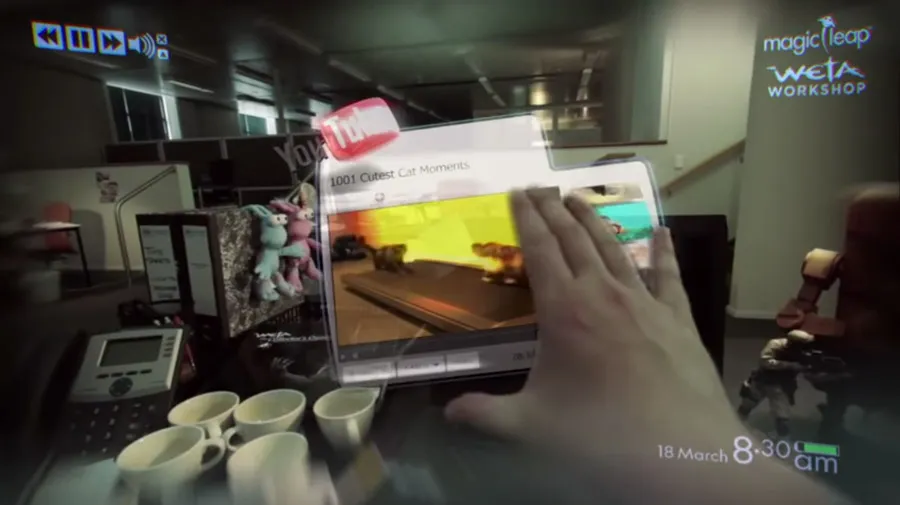Magic Leap, it’s the big $600 million mystery that is sitting at the center of the tech world. Countless reports have come out of the offices yet, other than one in depth piece by Katherine Bourzac in MIT Technology review, we have gotten little more than a few it’s “so badass you can’t believe it” reactions and a very pretty looking teaser video which showed off some of the potential capabilities of the project. But perhaps the veil will be lifted a bit more soon.
This week, Magic Leap opened a new development center in Israel. As of right now, what exactly will be taking place in the office is still a mystery, but it comes on the heels of Magic Leap opening a new manufacturing facility in Plantation, FL which will help build the “photonic lightfield chip” needed to power the device.
Speaking with Globes about the new facilities Magic Leap CEO Rony Abovitz said “We’ve gone past the research and development stage to a transitional stage for presenting a real product. We’ve decided to build our own plant, because there just aren’t any parts that can help build what we want.”
While little is currently known about what those parts are we do know a little about the company’s approach. Rather than displaying virtual information on a traditional screen, Magic Leap appears to be using technology which beams light directly into the eye, meaning that it creates images naturally in the same way that you are seeing this article or the sky above you (or ceiling if you’re in an office).
Given Abovitz’s background in the medical field (before Magic Leap he sold his robotic surgery company, Mako Surgical, for about $1.65 billion) it makes sense that Magic Leap would want to take an approach that was as biologically sound as possible. There are a number of academic papers which speak to the potential pitfalls of the stereoscopic approach to 3D, which is essentially an illusion of depth that can cause visual fatigue after a while. You may have noticed this while watching 3D movies in the theater (but perhaps I’m more sensitive to it than you, who knows). By deconstructing how the human optical system actually processes images, it seems like Magic Leap might have stumbled into a solution that will create truly natural 3D, without any eyestrain.
If Magic Leap can do what it claims (with a form factor that resembles glasses more than an Phoropter) we may be in for one of the truly great revolutions. Abovitz’s comments suggest they may have advanced past a number of the hurdles which needed to be overcome in R&D, that being said, what they are claiming to do is far from an easy task. So before we get our hands on with it we will wait before making that… Leap.


























